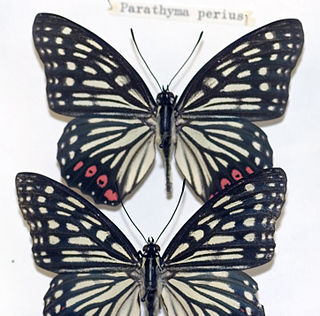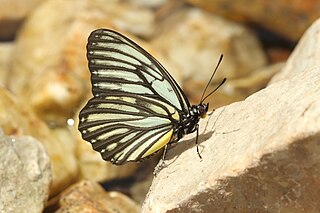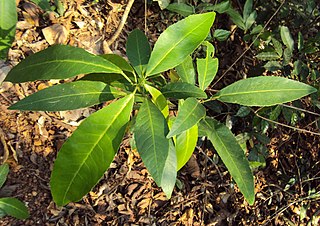
In Greek mythology, sirens are humanlike beings with alluring voices; they appear in a scene in the Odyssey in which Odysseus saves his crew's lives. Roman poets place them on some small islands called Sirenum scopuli. In some later, rationalized traditions, the literal geography of the "flowery" island of Anthemoessa, or Anthemusa, is fixed: sometimes on Cape Pelorum and at others in the islands known as the Sirenuse, near Paestum, or in Capreae. All such locations were surrounded by cliffs and rocks.

In folklore, a mermaid is an aquatic creature with the head and upper body of a female human and the tail of a fish. Mermaids appear in the folklore of many cultures worldwide, including Europe, Asia, and Africa.

The Sirens of Titan is a comic science fiction novel by Kurt Vonnegut Jr., first published in 1959. His second novel, it involves issues of free will, omniscience, and the overall purpose of human history, with much of the story revolving around a Martian invasion of Earth.

Sirenidae, the sirens, are a family of neotenic aquatic salamanders. Family members have very small fore limbs and lack hind limbs altogether. In one species, the skeleton in their fore limbs is made of only cartilage. In contrast to most other salamanders, they have external gills bunched together on the neck in both larval and adult states. Sirens are found only in the Southeastern United States and northern Mexico.
Merfolk, Mercreatures, Mermen or Merpeople are legendary water-dwelling, human-like beings. They are attested in folklore and mythology throughout the ages in various parts of the world. Merfolk, Merpeople, or simply Mer refers to humanoid creatures that live in deep waters like Mermaids, Sirens, Cecaelia etc.

A siren is a loud noise-making device. Civil defense sirens are mounted in fixed locations and used to warn of natural disasters or attacks. Sirens are used on emergency service vehicles such as ambulances, police cars, and fire engines. There are two general types: mechanical and electronic.
Siren or sirens may refer to:
Sundown towns, also known as sunset towns, gray towns, or sundowner towns, are all-white municipalities or neighborhoods in the United States. They are considered towns that practiced or still practice a form of racial segregation by excluding non-whites via some combination of discriminatory local laws, intimidation or violence. They were most prevalent before the 1950s. The term came into use because of signs that directed "colored people" to leave town by sundown.

Trojan Nuclear Power Plant was a pressurized water reactor nuclear power plant in the northwest United States, located southeast of Rainier, Oregon, and so far, the only commercial nuclear power plant to be built in Oregon. There was much public opposition to the plant from the design stage. The three main opposition groups were the Trojan Decommissioning Alliance, Forelaws on the Board, and Mothers for Peace. There were largely non-violent protests from 1977, and subsequent arrests of participants.

The Apaturinae are a subfamily of butterflies that includes many species commonly called emperors.

Osvald Sirén was a Finnish-born Swedish art historian, whose interests included the art of 18th century Sweden, Renaissance Italy and China.

Hestina assimilis, the red ring skirt, is a species of butterfly in the family Nymphalidae found in Asia. It is generally of large size. There are several subspecies: H. a. assimilis, H. a. formosana (Moore, H. a. shirakii, and H. a. f. nigrivena

Hestina nama, the Circe, is a species of nymphalid butterfly found in South Asia.

Hestina is a genus of butterflies in the family Nymphalidae subfamily Apaturinae. The genus is found in the East Palearctic and Southeast Asia.

Horsfield's fruit bat is a species of megabat native to South East Asia. It is named for Thomas Horsfield, an American naturalist who presented the type specimen to the British Museum.

Hestina japonica is an East Palearctic species of siren butterfly found in Japan and Korea.

Hestina nicevillei, the scarce siren, is a species of siren butterfly (Apaturinae) found in the western Himalayas, Himachal Pradesh, Nepal and to China and Vietnam.

Croton persimilis is a species of tree in the Euphorbiaceae family. It is native to an area from Thailand in mainland Southeast Asia to southern Yunnan, China and to the Indian subcontinent. It is a pioneer species with a short life span. The plant is used in the traditional medicines of various peoples.














